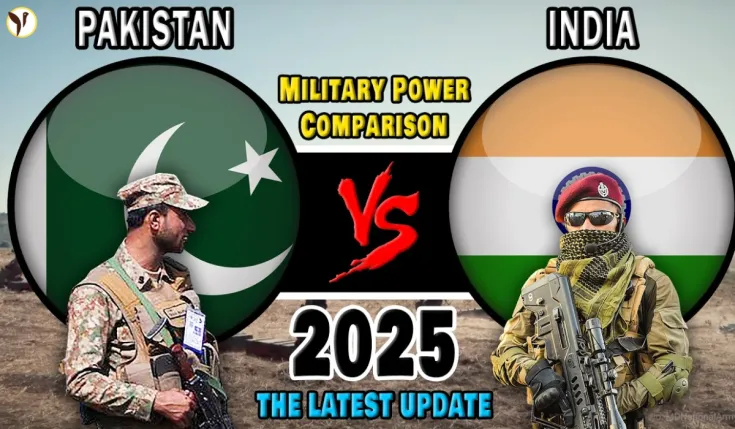India vs. Pakistan: A Military Power Comparison
Ever wondered how the militaries of India and Pakistan stack up against each other? It's a complex question with significant geopolitical implications, often discussed on Pakistan news channels. Let's delve into a straightforward comparison, looking at the numbers to understand the current state of affairs.
India's Military Might: A Superior Conventional Force?
By most conventional measures, India possesses a significantly larger and more technologically advanced military than Pakistan. This is largely reflected in the substantial difference in defense budgets. According to the International Institute for Strategic Studies' "The Military Balance," India's defense spending is over nine times that of Pakistan's.
- Personnel: India boasts nearly 1.5 million active-duty personnel, compared to Pakistan's 660,000.
- Army: India's army alone numbers over 1.2 million, possessing a massive advantage in tanks (3,750 vs. roughly 2,500 for Pakistan) and artillery (over 10,000 vs. less than half that for Pakistan).
- Navy: The Indian Navy enjoys an overwhelming dominance at sea. They operate two aircraft carriers, numerous destroyers and frigates, and a substantial submarine fleet, whereas Pakistan's navy lacks carriers and destroyers, relying primarily on a smaller number of frigates and submarines.
The air forces of both nations rely heavily on older Soviet/Russian-designed aircraft, such as the MiG-21 (India) and the J-7 (Pakistan). However, India has modernized its fleet with the addition of 36 Rafale fighter jets from France. Pakistan, in turn, has integrated Chinese J-10 multirole jets into its air force, along with its existing fleet of US-made F-16s and domestically produced JF-17 Thunder fighters.
- Air Force: India also fields over 100 MiG-29s and over 260 Su-30s, giving them a considerable edge in air superiority and ground attack capabilities.
Nuclear Capabilities: A Closer Contest
While the conventional military balance heavily favors India, the nuclear arsenals of both nations are more comparable. Both possess around five dozen surface-to-surface launchers. However, India holds an advantage in terms of longer-range ballistic missiles. This nuclear parity introduces a significant element of deterrence into the regional equation, a fact often highlighted by Pakistan news channels.
Conclusion: A Stark Imbalance
The numbers paint a clear picture: in a conventional conflict, India's military superiority would be undeniable. The disparity in defense spending, manpower, and equipment across all three branches—army, navy, and air force—is substantial. While both countries possess nuclear weapons, deterring large-scale conflict, the conventional military balance remains heavily skewed in India's favor. Staying informed about this crucial aspect of geopolitics, especially through reliable Pakistan news channels, is important for understanding the complexities of the region.






